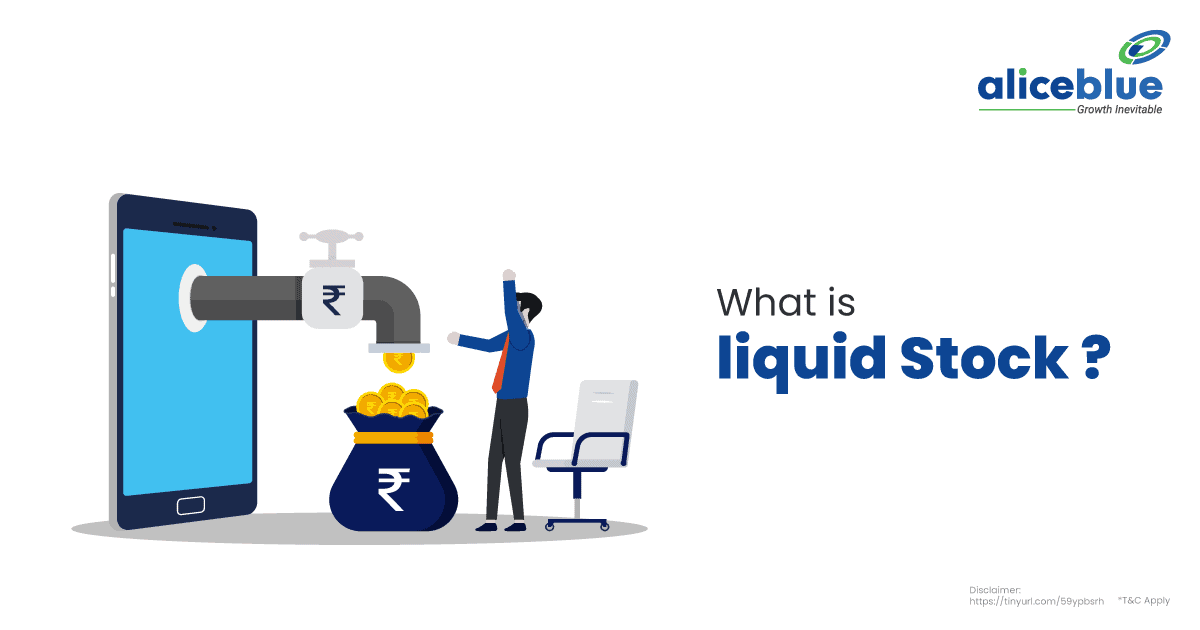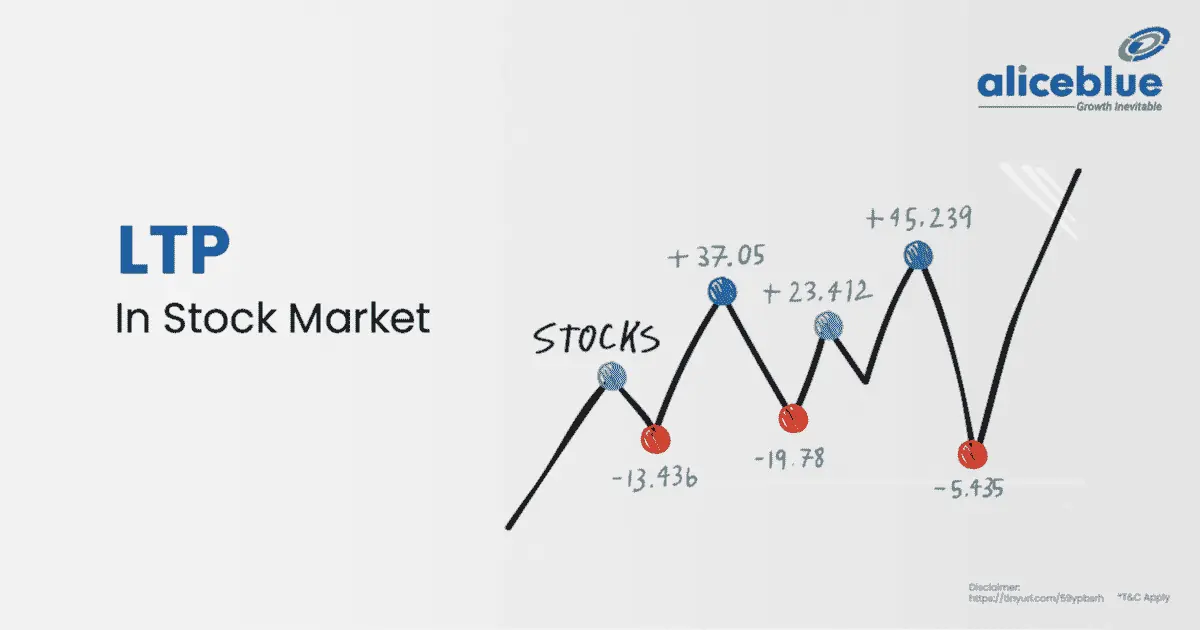Liquidity in the stock market refers to the ease with which stocks can be bought or sold without causing significant price movements. High liquidity implies a large volume of trading activity, allowing for quick transactions at stable prices, and vice versa for low liquidity.
Content:
- Meaning Of Liquidity In Stock Market
- Why Is Liquidity Important?
- Types of Liquid Assets
- How To Identify Liquid Stocks?
- High Liquidity Stocks
- Liquidity In Stock Market – Quick Summary
- What Is Liquid Stock In Share Market? – FAQs
Meaning Of Liquidity In Stock Market
Liquidity in the stock market signifies the ability to quickly buy or sell securities without significantly impacting their price. A highly liquid market has many buyers and sellers, facilitating smooth transactions. It’s crucial for price stability and investor confidence, allowing efficient asset reallocation.
Liquidity in the stock market is vital for efficient trading. It refers to the ease with which securities can be bought and sold quickly at stable prices. High liquidity is marked by a high volume of trades and active buyers and sellers.
In a liquid market, stocks can be sold rapidly with minimal impact on their market price, ensuring fair value transactions. Conversely, in low-liquidity markets, selling or buying a significant number of shares can drastically affect the stock price, potentially leading to volatility and price distortion.
For example, if a stock is highly liquid, you can quickly sell 1,000 shares at its current market price, say Rs. 500, with minimal price change. In a less liquid stock, this sale could significantly lower the price.

Why Is Liquidity Important?
Liquidity is important because it ensures quick, efficient transactions with minimal price impact, essential for fair and stable markets. It fosters investor confidence, allowing for timely entry and exit from investments. High liquidity also reduces the cost of trading, making markets more accessible and responsive.
- Efficient Transactions: Liquidity allows for the quick buying and selling of assets at consistent prices. This efficiency is crucial for traders and investors who need to execute orders rapidly, without significant price discrepancies caused by the size or timing of their trades.
- Market Stability: High liquidity helps maintain price stability. In liquid markets, large transactions are less likely to cause drastic price movements, resulting in a more predictable and less volatile trading environment, which is beneficial for all market participants.
- Investor Confidence: Liquidity builds investor confidence. Knowing that assets can be readily converted into cash without a significant loss in value encourages participation in the market. This confidence is key for attracting both retail and institutional investors.
- Timely Entry and Exit: Liquidity enables investors to enter or exit positions at desired times without facing substantial delays or price impacts. This flexibility is especially important for managing portfolios and responding to changing market conditions or personal financial needs.
- Reduced Trading Costs: High liquidity generally leads to tighter bid-ask spreads, meaning the cost of executing a trade (buying or selling) is lower. Lower trading costs make it more economical for investors to transact, thereby increasing market activity.
Types of Liquid Assets
The types of liquid assets include cash, which is the most liquid form; marketable securities like stocks and government bonds, easily convertible into cash; money market instruments; and mutual funds, particularly those investing in liquid securities, offering flexibility and ease of cash conversion.
- Cash: The most liquid asset, cash requires no conversion and is readily accepted for transactions. It’s the standard against which liquidity of other assets is measured, offering immediate purchasing power without any impact on its value during conversion.
- Marketable Securities: Stocks, bonds, and treasury bills fall under this category. They can be quickly sold in public markets to convert into cash. Stocks are generally more liquid than bonds, but both offer relatively easy convertibility compared to non-marketable assets.
- Money Market Instruments: These include short-term debt instruments like certificates of deposit (CDs) and commercial paper. They have high liquidity due to their short maturities and are often used by investors for short-term cash needs or as a safe haven.
- Mutual Funds: Particularly liquid mutual funds, like money market funds or index funds, allow investors to redeem shares relatively quickly. The liquidity of a mutual fund depends on the underlying assets; those investing in liquid securities can be converted to cash rapidly.
- Bank Accounts: Savings and checking accounts in banks offer high liquidity. While they don’t offer returns as high as other investments, the ease of withdrawal without significant loss makes them a key component of an individual’s liquid assets.
How To Identify Liquid Stocks?
To identify liquid stocks, look for high trading volumes and narrow bid-ask spreads. Consistently high daily trade volumes indicate a healthy demand and supply, facilitating easier buying and selling. A small bid-ask spread suggests a stock can be traded without significantly impacting its price.
High Liquidity Stocks
High-liquidity stocks are those that are traded in large volumes daily, making them easy to buy and sell in the market. Their abundant supply and demand result in minimal price fluctuations when trades occur, ensuring stable pricing and reduced transaction costs for investors.

To understand the topic and get more information, please read the related stock market articles below.
| Merger And Acquisition Meaning |
| How To Find Demat Account Number |
| Types Of Derivatives |
| What Are Government Securities |
Liquidity In Stock Market – Quick Summary
- Liquidity in the stock market enables quick, efficient buying and selling of securities at stable prices. A market with many buyers and sellers ensures smooth transactions, crucial for price stability and bolstering investor confidence and asset reallocation.
- Liquidity is crucial for quick and efficient market transactions with little price disturbance, promoting fair, stable markets. It boosts investor confidence by enabling prompt investment adjustments and lowering trading costs, enhancing market accessibility and responsiveness.
- The main liquid assets are cash, the most liquid form; marketable securities such as stocks and government bonds; money market instruments; and mutual funds focused on liquid securities, all offering ease in conversion to cash and flexibility.
- Identify liquid stocks by checking for high trading volumes and narrow bid-ask spreads. High daily volumes suggest strong demand and supply, easing transactions. A small bid-ask spread means the stock’s price remains stable during trades.
- High liquidity stocks, characterized by large daily trading volumes, enable easy trading with minimal impact on price. This stability and abundant supply and demand lead to reduced price fluctuations and lower transaction costs for investors.
- Open free demat account with Alice Blue in 15 minutes today! Invest in Stocks, Mutual Funds, Bonds & IPOs for Free. Also, trade at just ₹ 15/order and save 33.33% brokerage on every order.
What Is Liquid Stock In Share Market? – FAQs
What Is Liquidity In Stock Market?
Liquidity in the stock market refers to the ease and speed with which assets can be bought or sold without significantly affecting their price. It reflects the market’s ability to facilitate smooth transactions.
What is good liquidity for a stock?
Good liquidity for a stock means it has high trading volumes and narrow bid-ask spreads, allowing for easy buying and selling with minimal price impact. This ensures smooth transactions and stable pricing.
What is an example of liquidity in trading?
An example of liquidity in trading is when a stock, such as Apple Inc. (AAPL), consistently has high trading volumes and narrow bid-ask spreads, enabling investors to buy or sell shares easily without significantly impacting its price.
How to calculate liquidity?
Liquidity can be calculated using various metrics, including trading volume, bid-ask spread, and market depth. Ratios such as the bid-ask spread percentage and volume-to-float ratio are commonly used to assess liquidity.
Why NSE has more liquidity?
The National Stock Exchange (NSE) typically has more liquidity due to its superior technology infrastructure, wider market participation, stringent regulatory framework, and higher trading volumes compared to other exchanges in India.
Which are the most liquid stocks in India?
Some of the most liquid stocks in India include those from large-cap companies with high trading volumes and narrow bid-ask spreads, such as Reliance Industries, HDFC Bank, Infosys, and Tata Consultancy Services.
We hope that you are clear about the topic. But there is more to learn and explore when it comes to the stock market, commodity and hence we bring you the important topics and areas that you should know:






